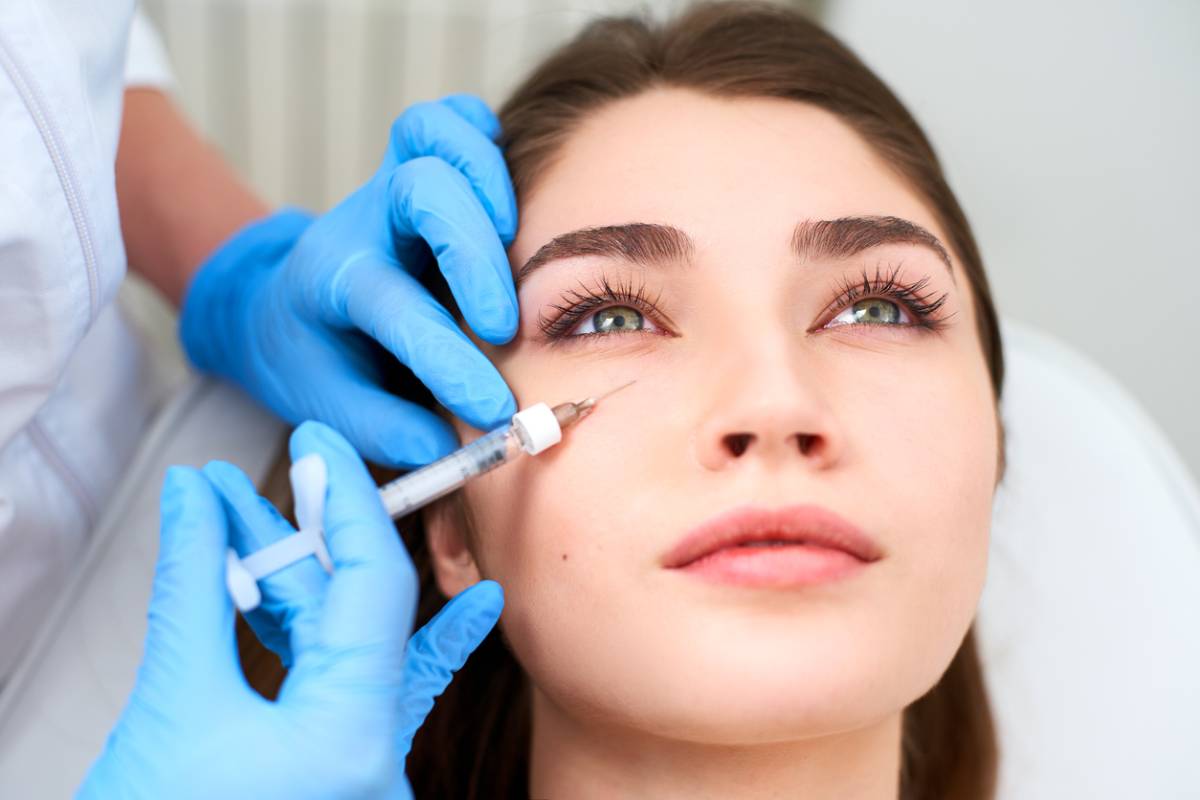Dermal fillers are some of the most popular cosmetic procedures available because they give patients lasting results without the risks and downtime of surgery. Although we generally refer to them as a group, dermal fillers have a wide range of uses. Each product is created using different chemical components to treat specific concerns. As a result, their longevity varies widely. So, can fillers be permanent?
Can Fillers Be Permanent?
The vast majority of dermal fillers remain considered temporary. And their effects last between three and twelve months, depending on the product. However, some dermal fillers can last up to fifteen years under ideal circumstance. These we consider permanent fillers. But they may require the occasional touch-up to maintain maximum results. In order to help you understand the availability and longevity of different fillers, we’ve categorized the most popular dermal fillers on the market according to how long you can expect to enjoy your results.
Temporary Dermal Fillers (3-12 months)
Some of the most common facial fillers in Minneapolis are made using hyaluronic acid. This includes brands like Juvéderm, Restylane, and Captique. Each brand has their own formula to work best against a specific concern, but the primary ingredient works the same. Hyaluronic acid is a hydrophilic compound that your body naturally produces. That essentially means that proves virtually no risk that you will have a reaction to the active ingredient. And the compound naturally attracts water.
As a result, a dermal filler that uses hyaluronic acid can increase the fullness of the skin thanks to its own volume and that of the water it attracts. These fillers help skin look smoother and more hydrated. Given these properties, dermal fillers containing hyaluronic acid are most frequently used to reduce the appearance of wrinkles, scarring, and any other minor depressions in the skin.
Semi-Permanent Dermal Fillers (1-5 years)
Two primary types of fillers fall into the semi-permanent category:
- Calcium hydroxylapatite, the active ingredient in Radiesse
- Polylactic acid, which is the active ingredient in Sculptra
Both fillers are made with synthetic materials for a humane process that is extremely unlikely to result in any type of reaction. However, there remain some key differences.
Radiesse primarily helps fill relatively deep creases and larger areas where a person may lose volume as a result of age or illness. In less extreme circumstances it may help fill out a patient’s cheeks for a more youthful look. It is the filler in and of itself, and it can stay precisely controlled as a result. By contrast, Sculptra worsk as a stimulator that sends a signal to your body to create more collagen at the injection site. This process can create a very natural, long-lasting look.
“Permanent” Dermal Fillers (5-15 years)
The longest-lasting dermal fillers may last as long as 15 years with the occasional touch-up. These include Aquamid, which uses polyalkylimide and Bellafill, which uses polymethyl-methacrylate. Both can replace substantial volume loss. This makes them ideal for very deep wrinkles, thin lips, and hollowed cheeks.
The primary difference between Aquamid and Bellafill: how we administer them thanks to their materials. A specialist can inject Aquamid in large volumes in one go. Bellafill can create more precise shaping. But it can look rigid if not done properly. To provide patients with the best results, qualified surgeons will inject Bellafill over multiple sessions to build up the precise shape and contour the patient desires.
Choosing the Right Filler
Given the wide range of available dermal fillers, this can only serve as a beginning guide. For more information on the right filler to treat wrinkles, sagging, or volume loss around your eyes talk to your local eye plastic surgeon at Eye Plastic Surgery of Minnesota. During your consultation you can discuss the pros and cons of facial fillers in comparison to eye surgery in Minneapolis.

